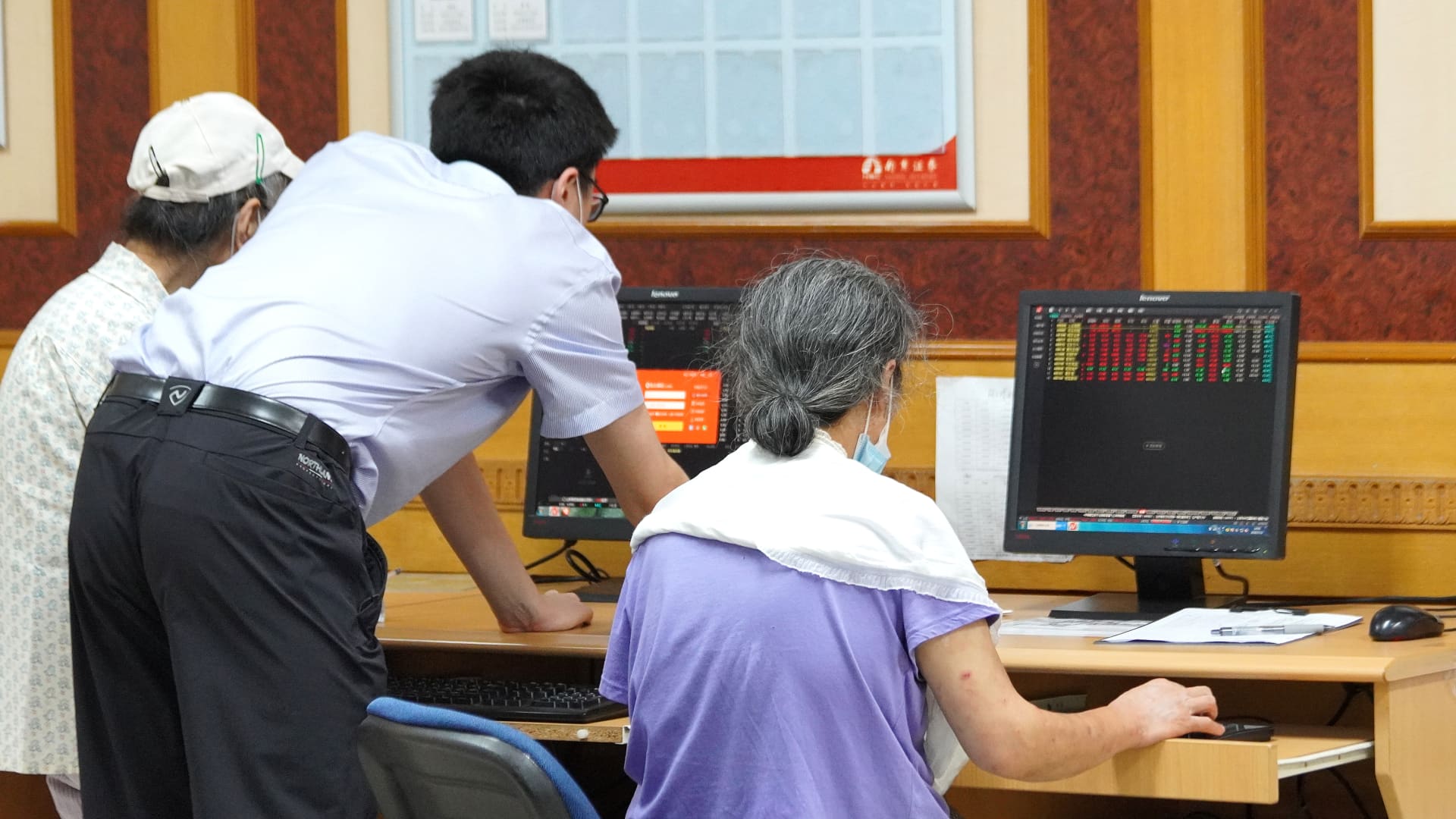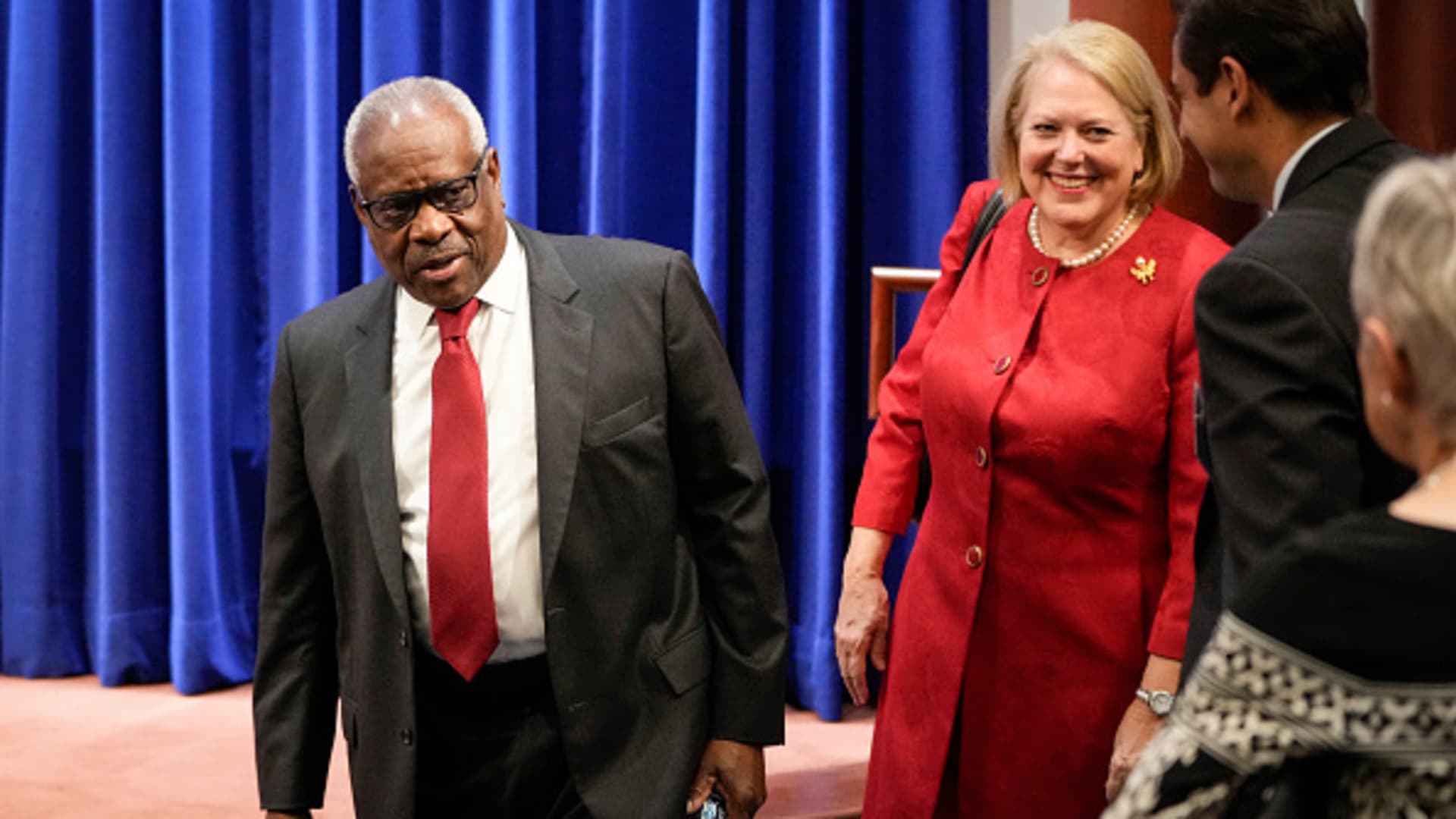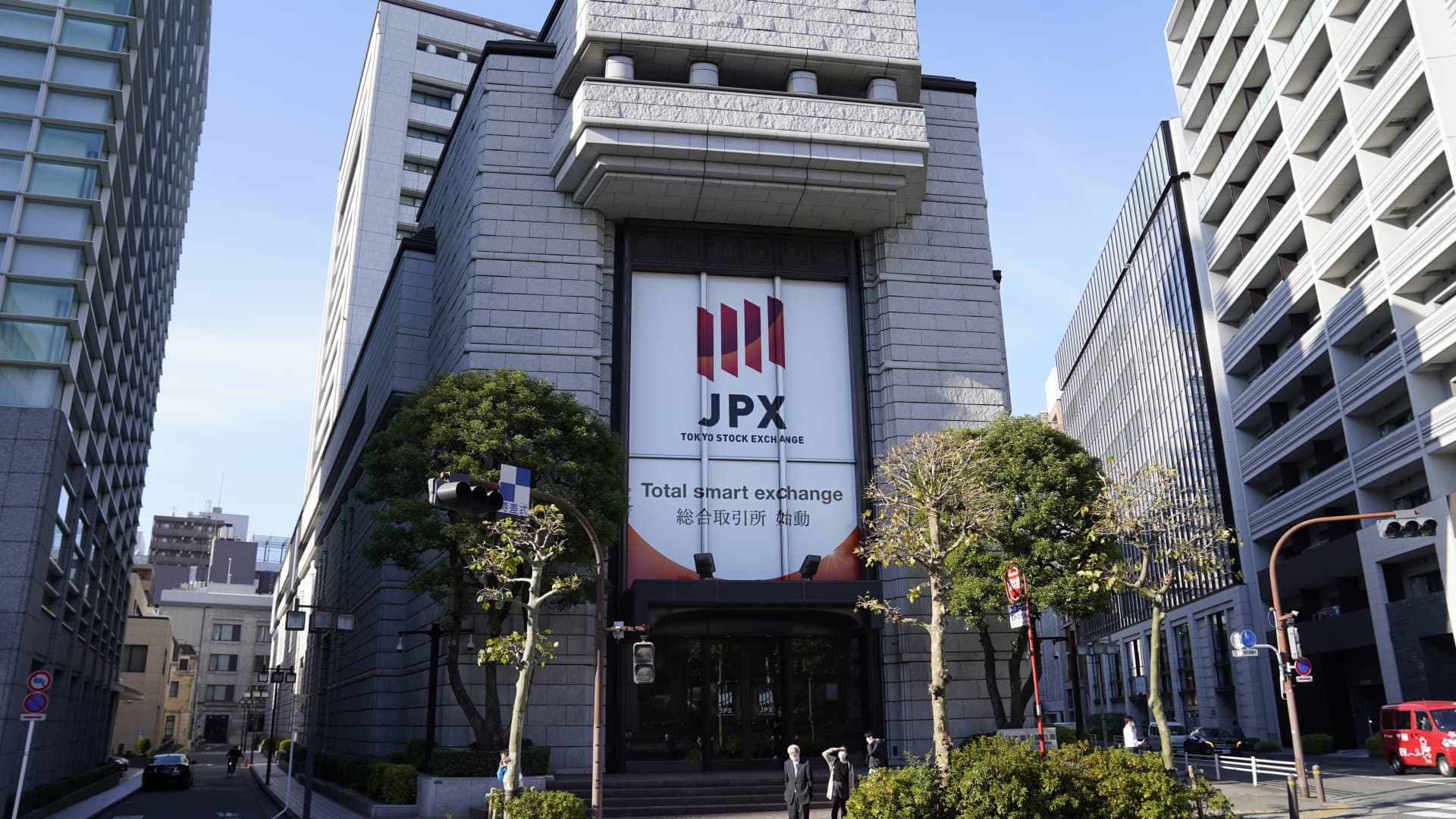Here's everything the Fed is expected to do Wednesday
This week's Federal Reserve meeting will be remembered more for what policymakers say than what they do.
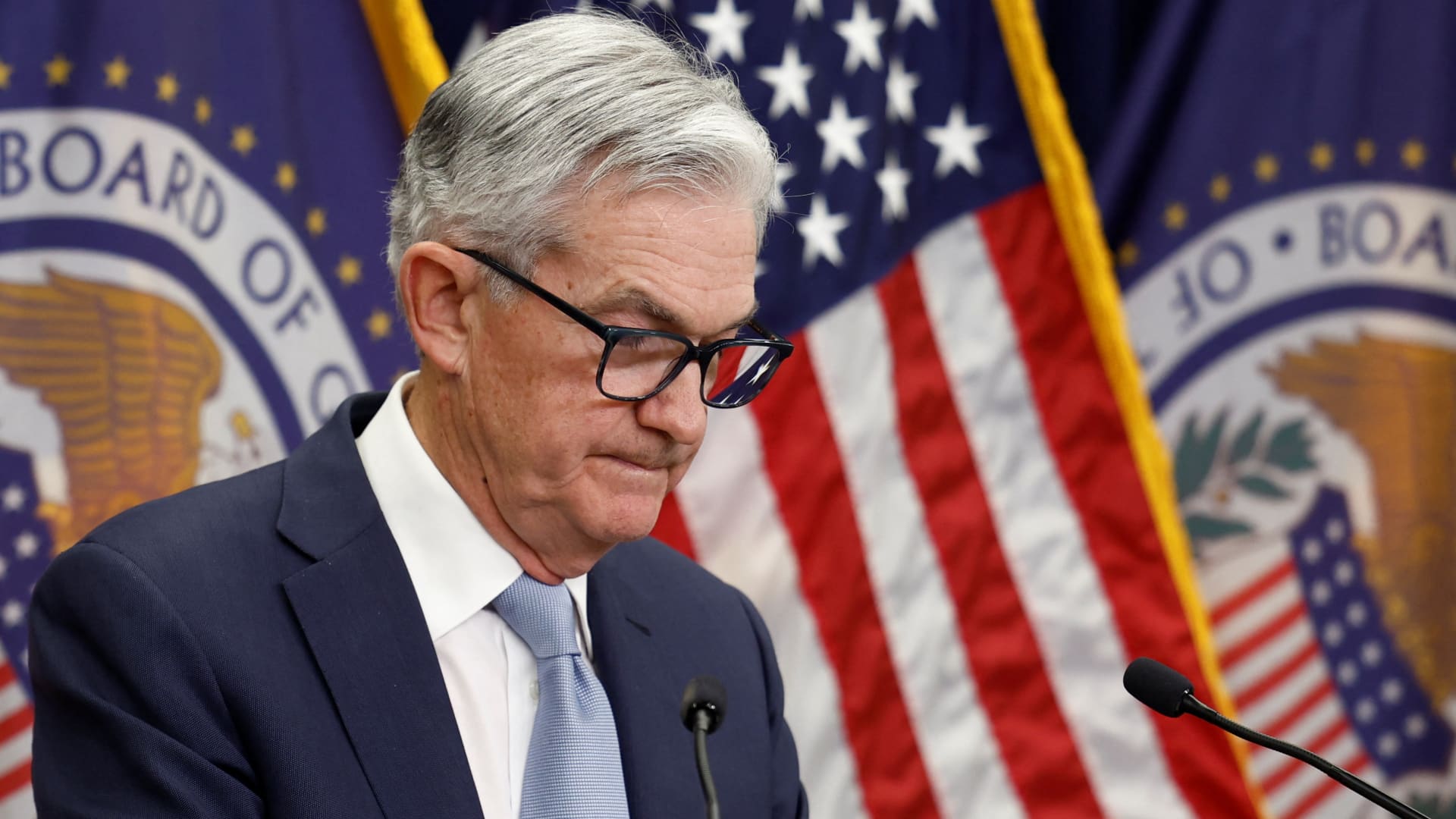
Federal Reserve Board Chairman Jerome Powell holds a news conference following the announcement that the Federal Reserve raised interest rates by half a percentage point, at the Federal Reserve Building in Washington, U.S., December 14, 2022.
Evelyn Hockstein | Reuters
This week's Federal Reserve meeting will be remembered more for what policymakers say than what they do.
That's because markets have priced in a near-100% certainty — 98.9% to be exact, as of Tuesday afternoon — that the Federal Open Market Committee will announce a 0.25 percentage point interest rate increase when the two-day policy meeting wraps up Wednesday afternoon, according to CME Group data.
While there's often strong market consensus heading into FOMC meetings, it's rarely this high.
What markets are unsure of is where the Fed goes from here. Traders are betting the central bank will hike a quarter point once more in March then stop, pause for several months, and then start cutting toward the end of the year.
Conscious that the fight against inflation is far from over, despite some encouraging data lately, Chairman Jerome Powell could push back on the idea of a looser Fed so soon in the future. Fed projections released in December indicate no cuts this year and continued rate hikes.
"He is on a very tight monetary policy tightrope, where he can't allow the market to think this is the endgame," said Quincy Krosby, chief global strategist at LPL Financial. "It's prudent for him to be careful. It would be almost reckless for him to have the market believe that they're just about finished and inflation is where they want it. Inflation is certainly not where they want it."
With the careful communication path Powell must walk in mind, here's what to expect when the FOMC's post-meeting statement is released at 2 p.m. ET:
Rates
Over the past few weeks, Fed officials have been explicit in stating that, at the very least, they can start approving smaller moves than the four consecutive 0.75 percentage point increases in 2022. That began in December with a 0.5-point hike, and will continue with this highly anticipated move.
That will take the fed funds rate to a target range of 4.5%-4.75%, the highest since October 2007. The funds rate is what banks use as a benchmark for overnight borrowing, but it flows through to many consumer credit instruments like car loans, mortgages and credit cards.
Though some central bank officials, such as St. Louis Fed President James Bullard, have suggested the rate hike could be half a point, there's virtually no chance of that happening. A quarter point is a lock.
The statement
For the most part, the post-meeting statement has changed little except for a few notable tweaks.
There is some speculation that the statement could get adjusted a bit more to add uncertainty about how much more aggressive the Fed wants to get. One key phrase that has been part of each statement since the hikes began in March 2022 is that committee members feel "ongoing increases in the target range will be appropriate."
That language could get softened, and it's likely the first place market participants will look for the Fed to tip its hand to acknowledge that the rate-hiking cycle is nearing an end.
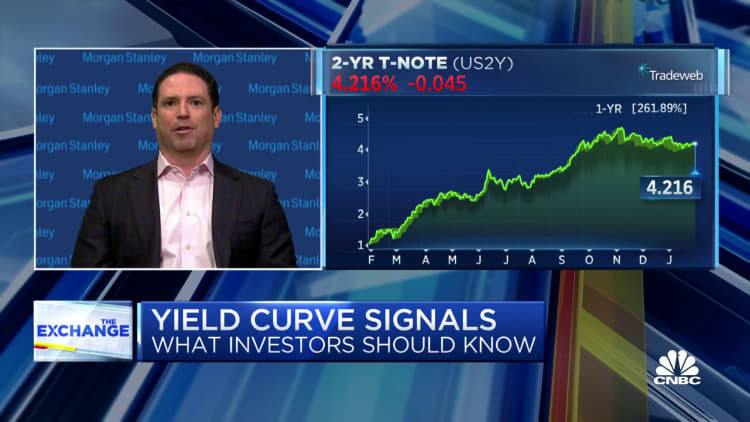
There won't be any "dot plot" this meeting of individual members' rate expectations, nor will there be an update to the Summary of Economic Projections on GDP, unemployment and inflation.
So any hints about the future policy path will have to come first from the statement.
"They'll likely do another 25 at the March meeting and that's when the cycle comes to end," Tom Porcelli, chief U.S. economist at RBC Capital Markets, wrote in a client note. "We see incredibly limited scope for the Fed to plausibly justify keeping this cycle going deeper into the year with what will already be a very restrictive policy stance in the face of what are likely mounting economic challenges to the backdrop."
Powell presser
That's where Powell comes in.
The chair will take the stage at 2:30 p.m. ET to address the media and likely try to dampen speculation that the FOMC has made up its mind about when a policy pause will come.
"If the Fed is considering not hiking in March, Powell will not explicitly telegraph such a thing," said Tom Graff, head of investments at Facet Wealth. "Rather he will cite the lagged effects of policy, saying that even without further rate hikes there will be an increasing tightening effect on the economy. He'll suggest that they may or may not need to hike in March, and it all depends on the data."
But the data has been working both ways.
Recent readings on the consumer price index and the personal consumption expenditures price index, the latter being the Fed's preferred gauge, show inflation pressures abating but still high. The December CPI showed a monthly decline of 0.1%, providing hope that inflation is headed in the right direction.
But gas prices, which had been in retreat from record highs last summer, are rising again. Food prices were still up 10.4% from a year ago in December, and some of the Fed's own measures are showing elevated inflation.
For instance, the Atlanta Fed's "sticky price" CPI, of goods and services whose prices don't fluctuate much, is up 5.6% from a year ago as of mid-January, while flexible prices are 7.3% higher. Likewise, the Cleveland Fed's Inflation Nowcast is indicating that headline CPI rose 0.6% in January and 6.4% from a year ago, while PCE inflation was up 0.5% and 5%, respectively.
Weighed against those data points is that the Fed's 4.25 percentage points of rate hikes theoretically haven't even made their way through the economy yet. On top of that, the central bank has reduced its bond portfolio by $445 billion since June 2022 as part of its balance sheet runoff efforts.
Together, the rate hikes and balance sheet reduction equate to a fed funds level of about 6.1%, according to the San Francisco Fed's calculation of the "proxy" rate.
Markets are betting the Fed has tightened by just about enough and will be able to ease back in its efforts sooner than policymakers are letting on. That's evidenced by the S&P 500's increase of nearly 6% so far in 2023, and a decline in bond yields, despite a still-tightening Fed.
Investors who are taught reflexively not to fight the Fed seem to be doing just that.
"We don't live in an era anymore where the market waits, where the market stops and takes a breather to find out where the end is. The market moves very quickly and will try to figure out when the Fed is finished," Krosby, the LPL strategist said. "The market understands that the Fed understands they're closer to the end than they were six months ago. The question is when the Fed gets to the end. The market seems determined to get there first."

 Koichiko
Koichiko 







